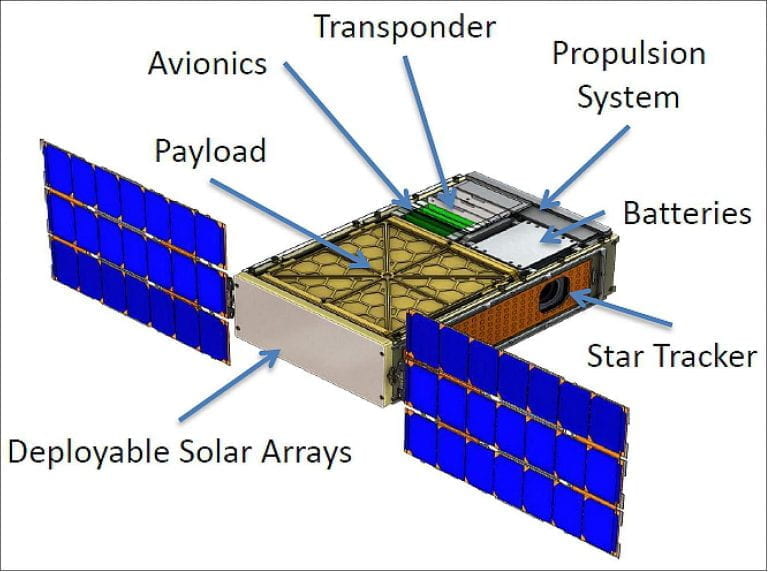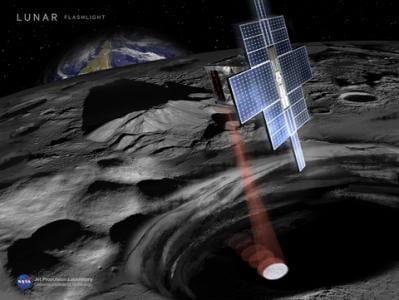BioSentinel is a life science CubeSat mission that will be the first in over forty years to obtain direct experimental data from biological studies occurring beyond Low Earth Orbit. The BioSentinel is designed to measure the damage and repair of DNA in a biological organism and compare that to information from onboard physical radiation sensors.
BioSentinel will address gaps in knowledge pertaining to the biological effects of space radiation. This knowledge will provide an adaptable platform to perform multiple human-relevant measurements in multiple space environments.
Craft Overview:
The BioSentinel is a 6U satellite weighing about 14 kg that is currently under development. The CubeSat contains cold gas thrusters as its propulsion method, deployable solar arrays and batteries for powering the spacecraft, and biosensors used for experimentation.
Deployment:
BioSentinel is one of 13 CubeSats planned to be carried with the Orion Artmeis-1 mission. Once launched, the BioSentenil will start its 12 to 18 month mission.
Sources and Additional Information:
- https://eoportal.org/web/eoportal/satellite-missions/b/biosentinel
- https://www.nasa.gov/centers/ames/engineering/projects/biosentinel.html
- https://space.skyrocket.de/doc_sdat/biosentinel.htm
| Full Name | BioSentinel |
| Size | 6U |
| Status | Under Development |
| Launch Date | 2022 |
| Principal Investigator | Glenn Lightsey |




